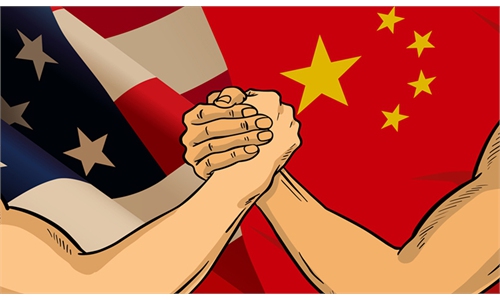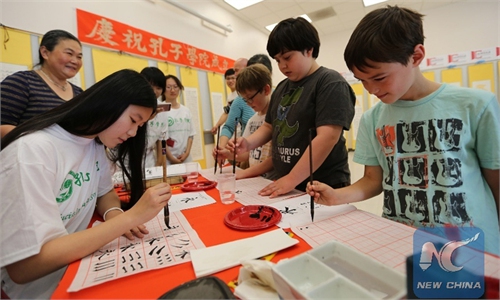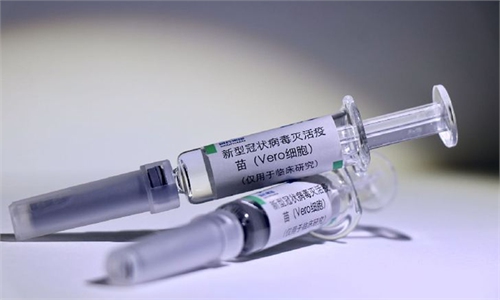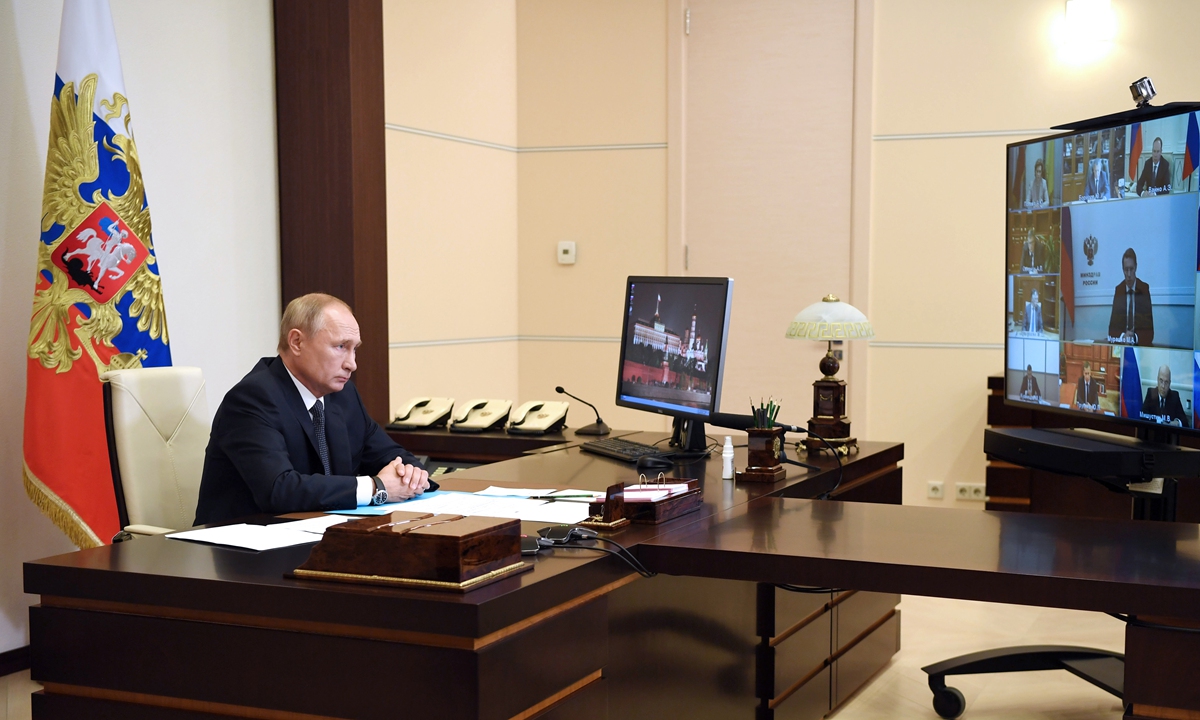 With the increased stress of being in the midst of a pandemic, people might be acting out more than they usually do.
With the increased stress of being in the midst of a pandemic, people might be acting out more than they usually do. FOR months, the nation has been assaulted by an invisible enemy that has the upper hand.
The stress of the Covid-19 pandemic has many wondering, how is this affecting the mental health of the populace?
At their best, Americans are feeling distracted, forgetful, disorganised and helpless.
At their worst, there are highly publicised incidents of deniers who have screaming meltdowns in stores when they are told to wear face masks.
Yale University professor of neuroscience and psychology Dr Amy Arnsten says that all psychiatric disorders have a neurobiological basis.
In short, it isn’t psychological weakness, it’s a prefrontal cortex overloaded with chemicals.
“If you understand the neurology behind it, you feel forgiveness for yourself.
“It’s self-freeing. It allows you to be better,” she says.
“There is no difference between a mental health issue and a neurological issue.”
She has created a YouTube video that teaches how “arousal chemicals” released in times of uncontrollable anxiety inhibit a person’s insight, reasoning, empathy, conscience, patience, judgment, and control of emotions, thoughts and actions.
Speaking over the phone from her home in Bethany, Connecticut, Prof Arnsten answers some questions on the topic:
Are people acting in ways that reflect the change in their brains?
You really see this in some places.
Connecticut is doing so well. It’s really a “prefrontal” state.
A simple way of saying that is that they are being thoughtful.
You see (US) states where there’s been poor leadership and people are encouraged to be reactive rather than thoughtful; where so many people are dying; (and) where people say, just go out and party, don’t wear a mask, just do what you want to do, don’t be thoughtful about consequences.
They want the right to act like that even though it kills others.
Can you give some behavioural examples?
The prefrontal cortex controls wisdom and judgment.
When it goes “offline”, control goes to our primitive brain circuits. We can get angry very easily. We can say things that we later regret to people we love. Anger can get the best of us. Rather than being thoughtful, you yell at a store clerk and throw groceries in his face.
Is this change in brain chemicals from stress ever useful?
A: Yes. It can orchestrate a response in an unconscious, primitive way that could save your life.
For example, if what is stressing you is that you are suddenly being cut off on the highway.
You stop thinking about your plans for going to a party on Saturday night and slam on the brakes really fast.
But if the stressor is an invisible virus, losing your prefrontal function is extraordinarily unhelpful and more dangerous.
Why does the stress from the pandemic feel uncontrollable?
This has been studied in families.
If a child feels a parent is in control, even though something terrible is happening, the kid is OK.
Part of what is so stressful right now is the feeling that there’s no parent in the room taking charge of this pandemic, so we’re all at the mercy of this random destruction.
... Our current government makes us feel out of control, and that is the exact thing that increases the stress response and impairs our prefrontal function.
That’s an uncontrollable stress.
Q: Can long-term uncontrollable stress cause permanent neurological change?
A: Yes. With chronic stress, along with the chemical changes, there are also architectural changes where you lose the connections between brain cells and the prefrontal cortex.
Research on young rats indicates that with sufficient time spent being nonstressed, connections grow back. We didn’t see that in old rats. Resilience seems to be age dependent, but maybe we need to wait longer.
How can people control their stress and reduce these chemicals in the brain?
Exercise if you can. Get that oxygen.
Eat healthy.
Get plenty of sleep.
Those things truly matter. The prefrontal cortex is the Goldilocks of the brain. It likes to have everything just right.
It’s also good to help other people. It makes you feel better yourself.
Listen to your favourite music. Give yourself experiences of beauty.
... So often people don’t think to give these things to themselves.
Try to be your own cheerleader.
Stress can create changes in the brain that inhibits our judgement, empathy, reasoning and self-control. — TNS
Are there wrong ways to control stress?
I think a very natural thing to do, but that ends up being counterproductive, is abusing substances.
Alcohol makes you feel better for a little bit, but in the long run, it makes you feel worse.
The same thing goes for drugs. And the same thing goes for eating a lot of fattening foods, afterwards you hate yourself and then eat more.
It’s the same old same old as before the pandemic, but now it’s often intensified, because there you are home alone with your refrigerator. – The Hartford Courant/Tribune News Service
Top 4 Most Common Causes of Your Headache
“A bad headache can destroy all plans for the day.”

These are few common type of headache:
1. Cervicogenic Headache
- Commonly having one sided headache from the back of the head until forehead and eyes, it will involve with shoulder pain and soreness too.
- It will last for one hour or several weeks
- Moderate to severe intensity
2. Migraine
- One sided headache involving eyes and head mostly with gradual onset.
- It will last for 4-72 hours
- Moderate to severe intensity of headache
3. Tension Headache
- Most common headache which involve bilateral side during the attacks.
- It will last half an hour to several hours
- Mild to high intensity
- Normally can be resolved by OTC medication or Panadols.
4. Cluster Headache
- Intense and explosive headache which involve at one side eye area more.
- It can last for 3 hours or sometimes weeks follow by remission period for months or years.
- High intensity of pain
5. Sinus Headache
- Headache that involve forehead, eyes, eyebrows, cheek and ear due to inflammation of the sinus.
- It will last days to weeks (resolved faster if treated)
- Mild to moderate intensity

Pain pattern of cervicogenic headache
Work from home has become a
lifestyle recently due to Covid-19, work at home will need to use
computer or other electronic devices for longer period. Will this become
one of the causes of your headache?
Check out the video below, it might give you an answer for your current headache !!
Check out the video below, it might give you an answer for your current headache !!
https://youtu.be/_IHvYvCUhF4
Article by LAI YU FENG
Physiotherapist of Your Physio Ampang
Related posts:
一分钟就见效,快快收藏吧~ ...

https://youtu.be/sFM-ip_WxTM - Upper Limb Exercises Generally, stroke can cause five types of disabilities: • Paralysis, or .





















